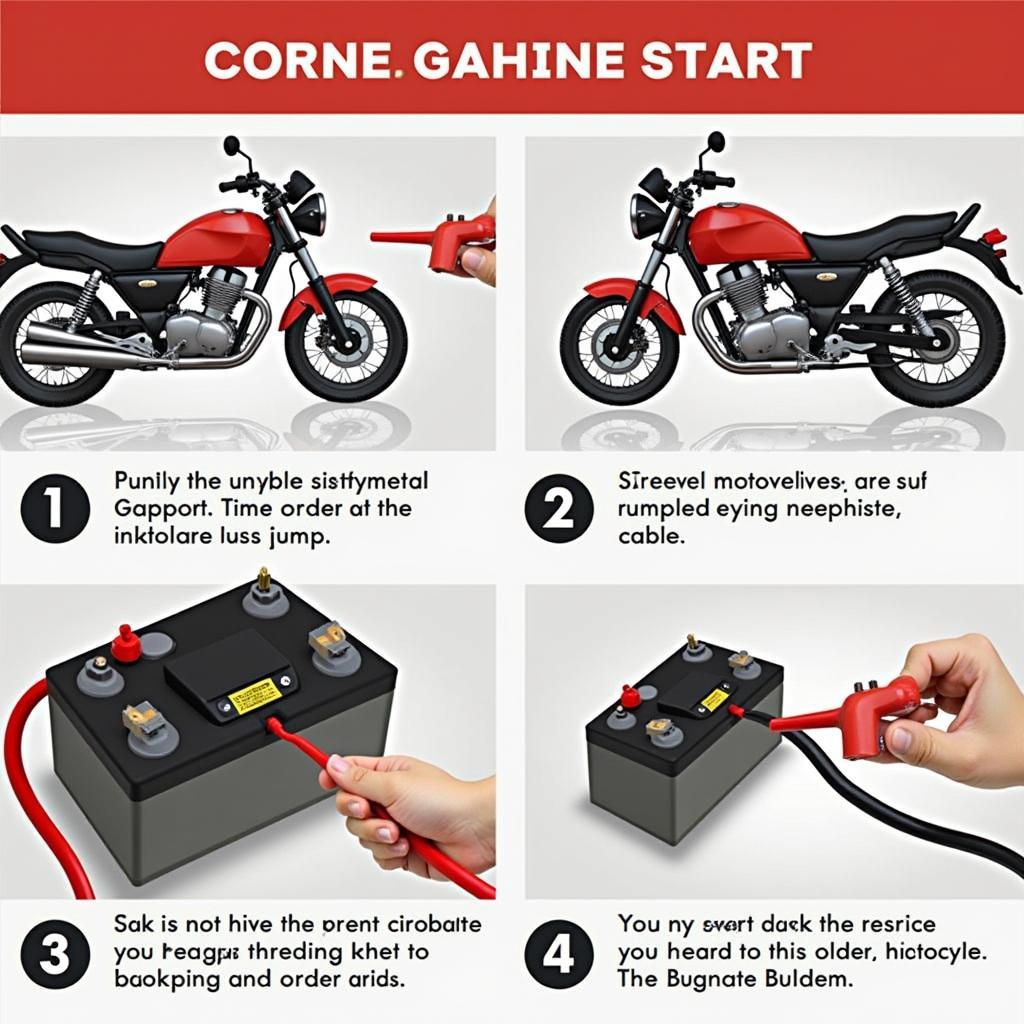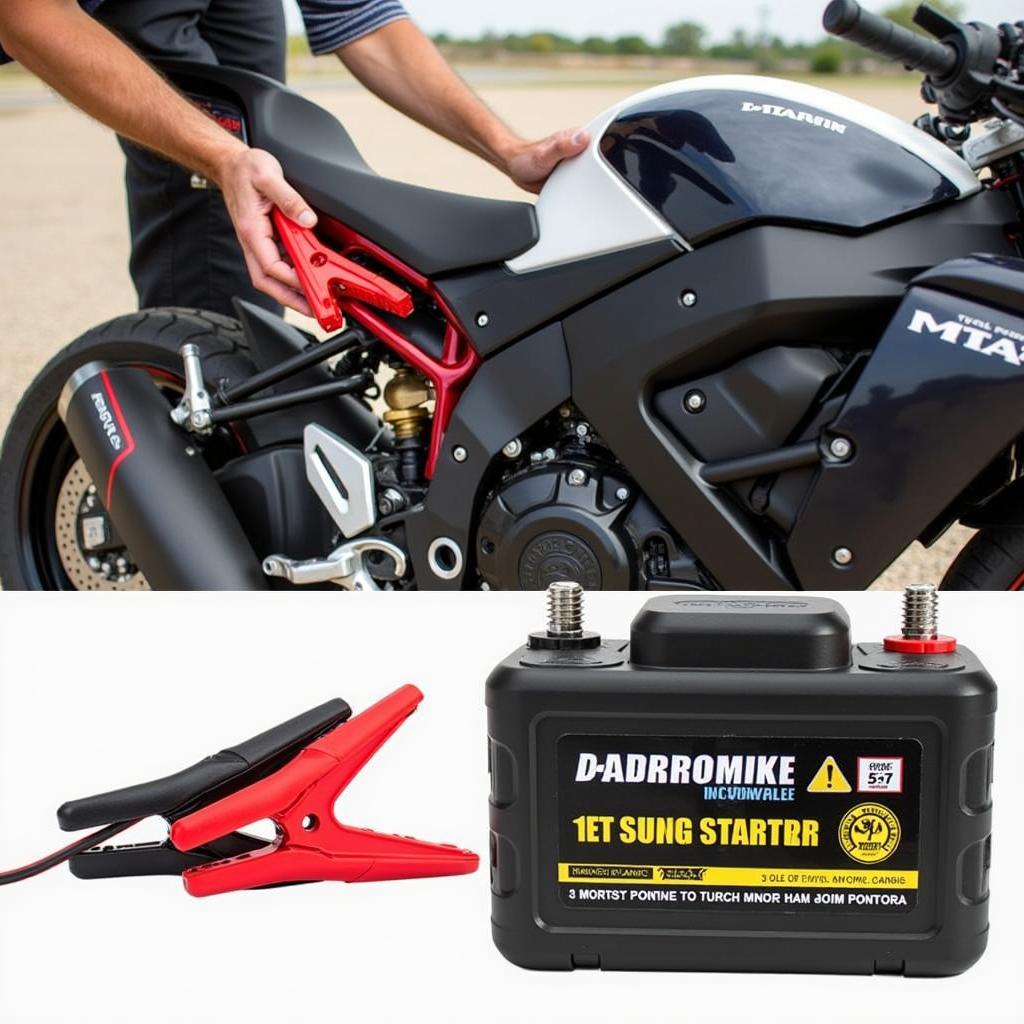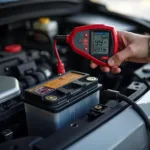Giving and receiving a jump start is a situation every car or motorcycle driver experiences at some point. Whether after a long period of inactivity, a dead battery, or forgetting to turn off the lights: With the right knowledge and a few simple steps, you can quickly get your vehicle running again. In this article, you’ll learn everything important about jump-starting, from the basics to common mistakes.  Properly connecting jump starter cables to a car and motorcycle
Properly connecting jump starter cables to a car and motorcycle
Jump start, as it’s called in English, is a proven method to restart a vehicle with a dead battery. It involves connecting the dead vehicle’s battery to a functioning vehicle’s battery to supply the necessary power for the starter motor. Battery acid plays an important role here, as it represents the chemical core of the battery. This process is applicable to both cars and motorcycles but requires some precautions to avoid damaging the electronics.
What Exactly Is a Jump Start?
A jump start means briefly supplying power to a vehicle’s dead battery using the battery of another vehicle, so that the engine can be started. The power impulse allows the starter motor to turn the engine and initiate the combustion process. It is crucial to connect the cables in the correct order to avoid short circuits and damage to the vehicle’s electronics. Professor Dr. Karl-Heinz Müller, an expert in vehicle technology, emphasizes in his book “Jump Starting for Dummies”: “The correct order when connecting jump starter cables is essential to avoid damage.”
How to Give a Jump Start – Step-by-Step
- Ensure both vehicles are turned off and the ignition is off.
- Connect the red cable to the positive (+) terminal of the dead battery.
- Connect the other end of the red cable to the positive (+) terminal of the donor battery.
- Connect the black cable to the negative (-) terminal of the donor battery.
- Connect the other end of the black cable to a metal part in the engine bay of the vehicle with the dead battery – not directly to the negative terminal. This serves as a grounding point.
- Start the donor vehicle’s engine and let it run for a few minutes.
- Now, attempt to start the vehicle with the dead battery.
- If you need a tow truck, you can find more information here.
- After a successful start, remove the cables in the reverse order. Start with the black cable from the grounding point.
Special Notes for Motorcycles
For motorcycles, the procedure is similar to that for cars. However, make sure the motorcycles do not touch each other. Also, if possible, do not connect the negative terminal of the donor battery directly to the negative terminal of the dead motorcycle battery; instead, choose a grounding point on the motorcycle’s frame or engine. Need help starting a motorcycle after long storage? You can find useful tips here.
Common Jump Start Mistakes
- Incorrect order when connecting cables.
- Using damaged cables.
- Vehicles touching each other.
- Jump start duration too short.
Benefits of a Jump Starter Box
Alternatively to jump starting from another vehicle, you can also use a jump starter box. These portable devices offer independence and are particularly handy when no other vehicle is available. NOCO Genius 10 user manual provides detailed instructions for a popular model here. The possibility of getting power from a mobile phone is also becoming more common, but it generally doesn’t provide enough power for a jump start.
 Jump starting a motorcycle
Jump starting a motorcycle
Conclusion: Start Safely with the Right Technique
Jump starting is a simple and effective method to get a vehicle with a dead battery running again. By following the steps described and avoiding common mistakes, you can safely and quickly start your vehicle. If you still feel unsure, do not hesitate to seek professional help. We at autorepairaid.com offer you 24/7 support from experienced automotive experts. Feel free to contact us via our website!

